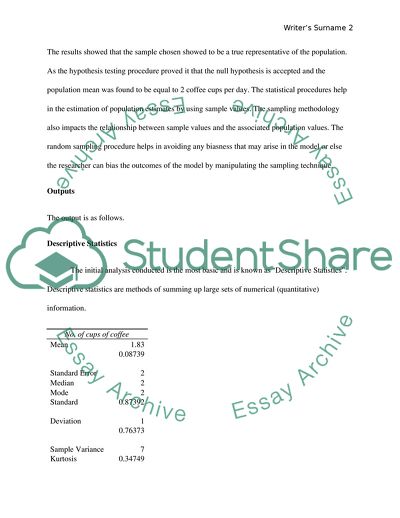Cite this document
(Confidence Intervals and Hypothesis Testing Statistics Project, n.d.)
Confidence Intervals and Hypothesis Testing Statistics Project. https://studentshare.org/information-technology/1789015-business-statistics
Confidence Intervals and Hypothesis Testing Statistics Project. https://studentshare.org/information-technology/1789015-business-statistics
(Confidence Intervals and Hypothesis Testing Statistics Project)
Confidence Intervals and Hypothesis Testing Statistics Project. https://studentshare.org/information-technology/1789015-business-statistics.
Confidence Intervals and Hypothesis Testing Statistics Project. https://studentshare.org/information-technology/1789015-business-statistics.
“Confidence Intervals and Hypothesis Testing Statistics Project”. https://studentshare.org/information-technology/1789015-business-statistics.


